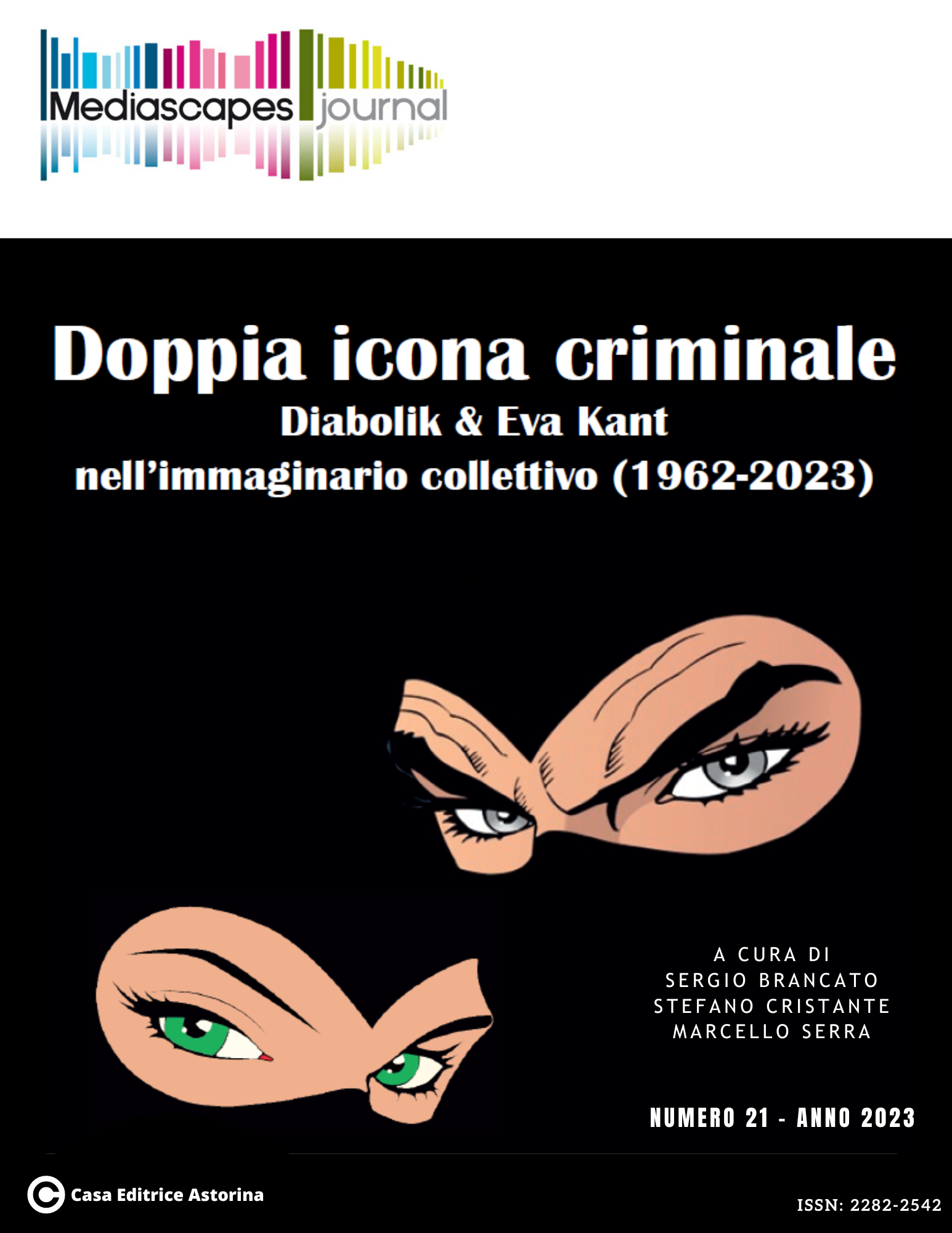Mapping gender inequality related to employment in the media sector in Romania
Keywords:
media sector, inequality, employment, pay, RomaniaAbstract
In Europe, women in media sector are underrepresented as employees, and negatively discriminated against men in terms of wages, access to senior positions, job opportunities, and family-work balance (Council of Europe, 2019; EU, 2018; UNESCO, 2014).
The paper addresses the topic of gender employment inequality in media sector in Romania using a quantitative approach, based on national statistics. Romania as case study had the advantage of having a history of equal access to jobs for men and women, guaranteed by law and encouraged by the social organization of the country (a legacy of the former communist system in which women were supposed to have regular, full time employment). The national gender pay gap (3.3) is one of the smallest in Europe: second after Luxemburg in 2019. Romania is also a country in which inequality is prevalent at the level of income, employment and education, one of the most unequal in the European Union.
The paper’s aim is to answer the following questions:
Is media sector a feminised one?
How does gender inequality reflects in data regarding the employment and pay in media sector from Romania, between 2008 and 2019?
Downloads
Published
How to Cite
Issue
Section
License

This work is licensed under a Creative Commons Attribution 4.0 International License.
Mediascapes Journal is published under a Creative Commons Attribution Licence 4.0.
With the licence CC-BY, authors retain the copyright, allowing anyone to download, reuse, re-print, modify, distribute and/or copy their contribution. The work must be properly attributed to its author. It should be also mentioned that the work has been first published by the journal Anuac.
Having published these contributions for the first time, Mediascapes Journal will have the right to publish them integrally or partially as reprints or possibly as part of a thematic issue, in both digital and printed format.
It is not necessary to ask further permissions both to author or the journal.


